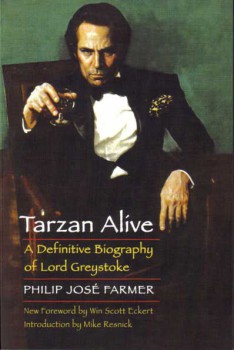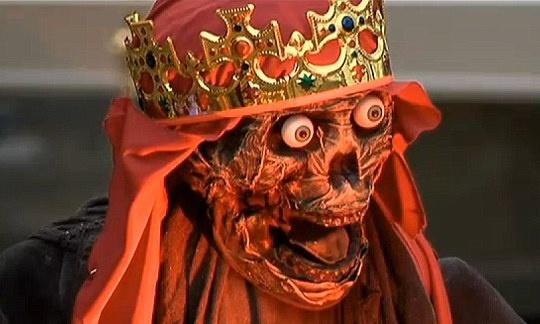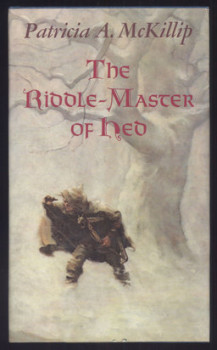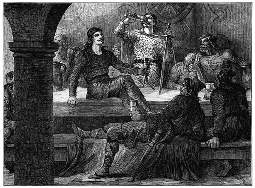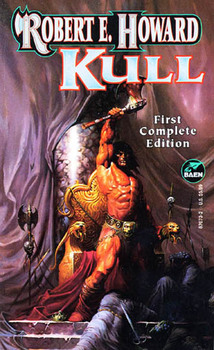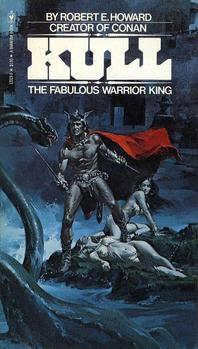SyFy’s The Expanse Exclusive! An Interview with Actor Elias Toufexis
 So, yes, I was a lucky dog and got to visit the set of The Expanse while they were shooting Season One, and I recently attended the cast and crew premiere of the show here in Santa Fe.
So, yes, I was a lucky dog and got to visit the set of The Expanse while they were shooting Season One, and I recently attended the cast and crew premiere of the show here in Santa Fe.
Given my good fortune, it seemed only right that I find some exclusive content to share with readers of Black Gate, so here it is.
Elias Toufexis plays Kenzo, a character that has a lot of fans concerned because he’s not in the books. In the interview we discuss how this character was developed especially for Elias by James SA Corey.
We also say as much as we can say about the show, which is mostly stories and anecdotes of what was going on behind the scenes. This is content you won’t get anywhere else!
While I had him on Skype, we also discussed his career as a video game actor in franchises such as Deus Ex and FarCry. To finish off the interview, I asked him all sorts of basic questions about how one builds a career as an actor, and he gives some excellent advice.
